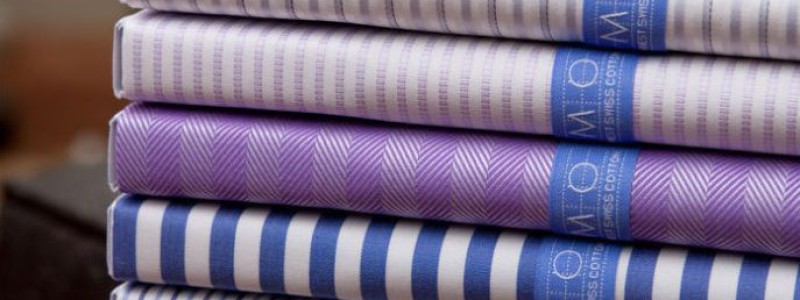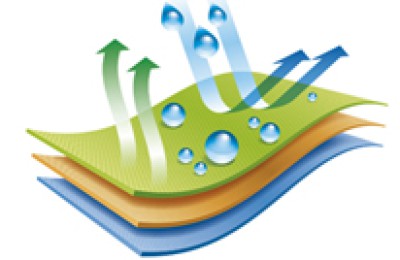
How much do you know about high-efficiency and low-resistance spunbond non-woven fabrics?
Non-woven fabrics are made of textile fibers as raw materials through bonding, fusion or other chemical and mechanical methods. Since they have not gone through traditional spinning, weaving or knitting process…
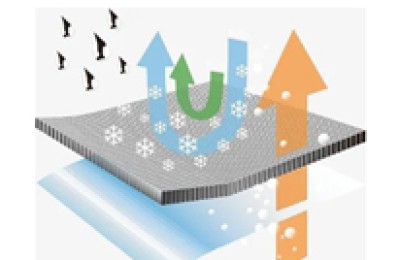
How much do you know about ptfe coated filter media?
PTFE coated filter material is made of glass fiber, non-woven fabric and other materials and PTFE microporous membrane through hot rolling with special equipment, which not only maintains the permeability of th…
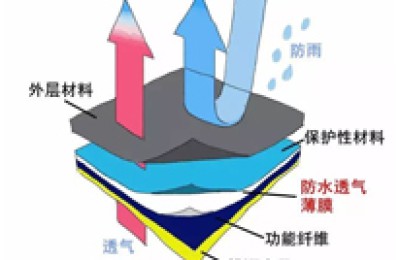
How to make ptfe washable filter membrane and what is its filtration efficiency?
PTFE water-resistant filter membrane is made through special processes such as mixing, extrusion, extrusion, calendering, and biaxial stretching. Due to the characteristics of ptfe fibrillation, when performing…
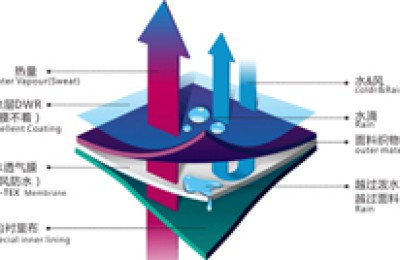
How is the market for imported filament non-woven fabrics?
As of 1998, the world’s consumption of imported filament non-woven fabrics has reached 2.4 million tons. In 1970, its consumption was only 400,000 tons, and by 2007, its consumption is expected to reach 4…
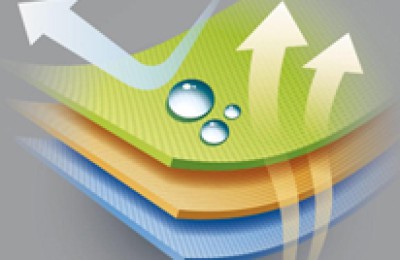
What is the filtration efficiency of high-efficiency low-resistance spunbond non-woven fabrics?
High-efficiency and low-resistance spunbond non-woven fabric is made of 100% pure fiber using acupuncture method to form a highly fluffy filter layer with three-dimensional depth. It is characterized by loose f…

What is the processing method of ptfe film?
The forming process of ptfe film is mostly based on the double stretching or stretching processing method abroad. PTFE can be stretched at room temperature to 327°C, that is, the stretching below the melting po…
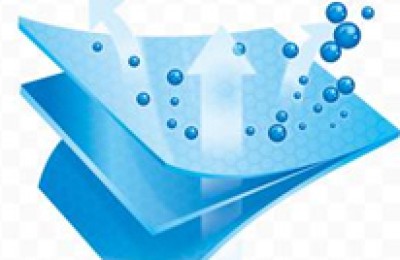
Can imported filament non-woven fabrics be degraded?
Imported filament non-woven fabrics are made by extruding and stretching polymers to form continuous filaments. The filaments are laid into a web, and the web is then self-bonded, thermally bonded, chemically b…

Why do high-efficiency filtration materials use PTFE membrane?
Because the ptfe film has a fibrillar microporous structure, the porosity is more than 88%, there are 1.4 billion micropores per square centimeter, the pore size range is 0.1μm-0.5μm, and it can withstand high …
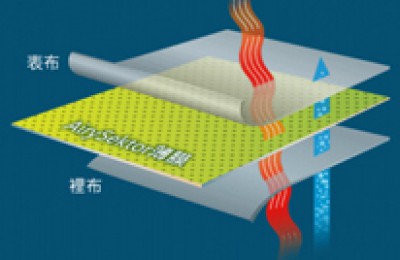
What is the difference between imported short fiber non-woven fabrics and imported long fiber non-woven fabrics?
There is a big difference between imported short-fiber non-woven fabrics and imported long-fiber non-woven fabrics. Now there are generally two categories, polyester and polypropylene. The prices are also very …
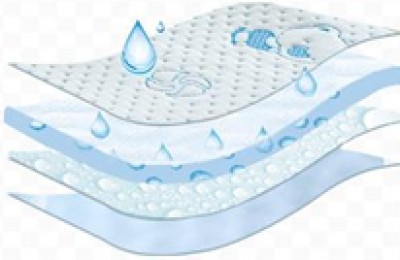
What are the characteristics of imported wet-laid polyester non-woven fabrics?
Imported wet-laid polyester non-woven fabric has the following characteristics: it is a water-repellent non-woven fabric, and the water-repellent properties of the non-woven fabric vary depending on the weight.…

